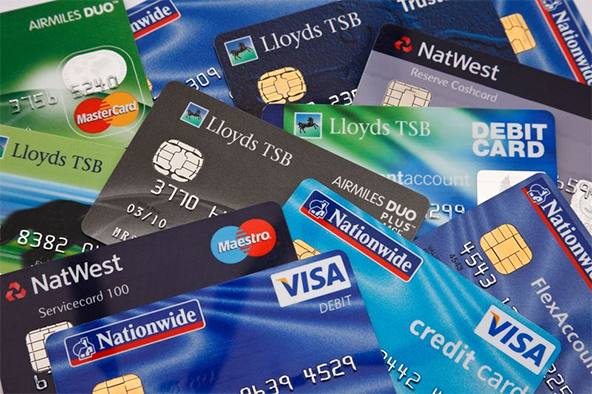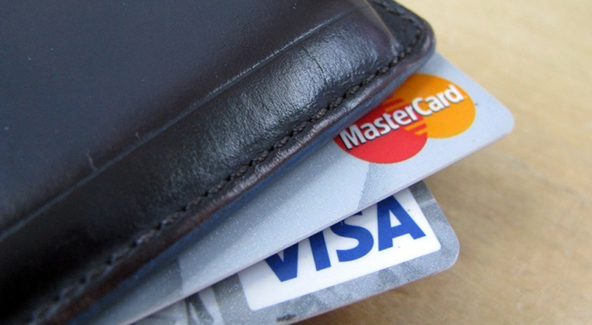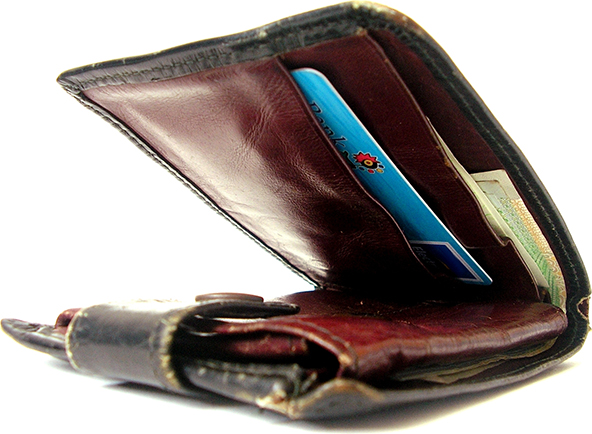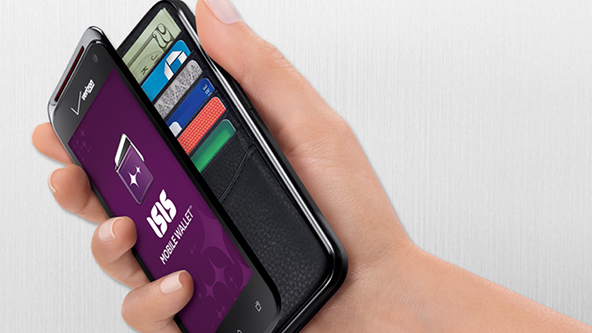How to Manage Duplicate E-Commerce Transactions

Duplicate orders are a phenomenon seen more often than one might expect. So often, in fact, that Visa has a special chargeback code for it: “Chargeback Reason Code 82: Duplicate Processing.” Duplicate orders are expensive to deal with and e-commerce merchants need to develop procedures to help them identify and prevent such orders from being processed in the first place.
In a face-to-face transaction setting it is fairly easy to determine whether or not the transaction has been processed and the risk of a duplicate is minimal. Once the cardholder swipes the card, the transaction is typically authorized within seconds and the response is seen on the terminal’s screen. In e-commerce transactions, however, the authorization response can take longer to be generated and displayed on the customer’s computer screen and he or she may submit their order all over again. In such cases, often both transactions would be authorized, creating a duplicate sale.
Duplicate orders can lead to higher payment processing costs, as merchants will have to pay processing fees every time a transaction is processed, regardless of whether it is duplicate or not. Moreover, merchants will incur the cost of spending extra time to identify the duplicate transactions and issue credits to the affected customers (transaction fees are charged for processing credits too).
Another unwanted side effect resulting from dealing with duplicate transactions, and perhaps the one with the most serious and long-lasting effects, is that they generate customer dissatisfaction, as consumers are rarely happy when their credit card accounts are billed twice for the same purchase. Cardholders may, in such cases, call their card issuer directly, instead of contacting the merchant and try to clear up the issue with the bank. They are likely to dispute the transaction, initiating a chargeback.
As you see, there are enough reasons why you should develop and implement controls to prevent customers from inadvertently submitting transactions twice, as well as for preventing you from depositing sales receipts for the same transaction with your processing bank more than once. You can use the following best practices to guide you when building your procedures:
- Require your customers to make positive clicks when placing orders, rather than hit the “Enter” key on their keyboard. In other words, have customers click on a “Submit,” “Place Order” or a similar button.
- Once the order has been submitted, display a “Your order is being processed” or a similar message, while the authorization response is being generated and transmitted. Your customer must understand that his or her order is being processed, so that he or she does not resubmit it.
- Once an authorization approval is received, display on your customer’s screen a message that the order has been processed and provide an order confirmation number. Design your system in a way that will allow you to look up the order confirmation numbers in your database, so that you can quickly pull up an order if a customer contacts you with a question.
- Regularly check your orders for duplicates. You should review each batch of paper sales receipts prior to deposit to ensure that only bank copies – and not merchant copies – are included. If transactions are sent electronically for processing, make sure that each batch is sent only once and as a separate batch number.
- If a customer has placed multiple orders, send him or her an email message to confirm whether or not the duplicate order was intentional.
- If you receive a chargeback for processing a duplicate transaction, consider the following actions:
- If you believe that the transactions at issue are not duplicates, provide your processing bank with information verifying that the two sales are separate, or send copies of the duplicate sales receipts and any other related documents that may be available, to your merchant bank. The receipts should clearly indicate that the two transactions are not charges for the same items or services.
- If the transactions are duplicates and you have not already deposited a credit to correct the issue, you should accept the chargeback. Do not process a credit at this time, as the chargeback has already performed that function.
- If you identified the duplicate transaction and processed an offsetting credit before you received the chargeback, inform your processing bank of the date the credit was issued.
Image credit: Vsegdaestdengi.blogspot.com.


